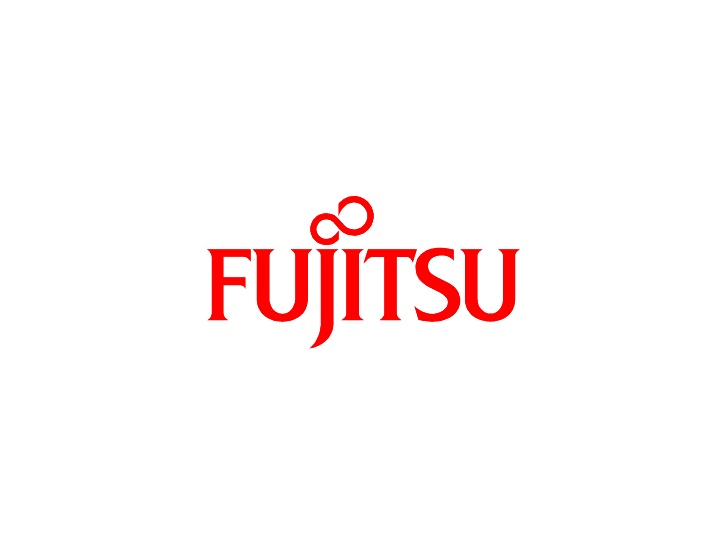Fujitsu today announced that, in collaboration with Microsoft Japan Ltd., it has recently verified the effectiveness of a system that uses private 5G to visualize real-time data within the facility, with a view toward manufacturers’ digital transformation (DX).
Figure 1. system image diagram
Figure 2. Visualization image of various data by COLMINA
Using Microsoft Azure IoT Edge(1) in the “Fujitsu Collaboration Lab,” a private 5G verification facility in Kawasaki, Japan, this system analyzes high-definition images of people moving in the private 5G network and operating data from cameras, mobile terminals, servers, and other equipment. This enables integrated visualization of the status of people, unmanned vehicles, and equipment with the Fujitsu Manufacturing Industry Solution COLMINA(2), unifying private 5G and cloud environments to bring about a system with optimized for network and processing load.
Based on the findings of the verification test, Fujitsu will collaborate with Microsoft Japan to conduct verification tests at Fujitsu’s plant in Oyama, Japan, Fujitsu’s manufacturing base for network products, by the end of fiscal 2020 and jointly develop solutions with a view to achieving global expansion going forward.
This verification will be showcased at Fujitsu ActivateNow, to be held as an online virtual conference on October 14, 2020.
Background
In the “new normal” society, the manufacturing industry is being called upon to improve the efficiency, automation, and remote capabilities of their operations through digitization, while maintaining quality that will transform manufacturing sites to make them more resilient to changes. Private 5G is attracting attention as one of the key technologies supporting this.
Private 5G enables enterprises to flexibly construct and operate 5G networks in their own buildings and premises and is expected to be used for unmanned and remote controls at manufacturing sites. On the other hand, in order to achieve these goals, a large amount of sensor data and high-definition video must be utilized to construct an optimal system according to the requirements of network and application processing load.
As the very first achievement of the “Private 5G Partnership Program”; the co-creation program which enables the use of Fujitsu’s expertise and technologies such as private 5G along with advanced technology from partners, the system that integrated Fujitsu’s private 5G technology with Azure IoT Edge and Azure was constructed and its effectiveness was verified.
Summary of Verification
1. Purpose: Verification of presumed use cases of private 5G at manufacturing sites and the effectiveness of the implemented system.
– Integration of private 5G networks, edge computing and cloud systems
– Image analysis and real-time processing with edge computing
– Realization of centralized management of facilities and information in the cloud2. Location: Fujitsu Shin-Kawasaki Technology Square “FUJITSU Collaboration Lab”
3. Roles of both companies:
[Fujitsu]
– Provide private 5G systems (Base stations, core network equipment, and mobile terminals)
– Data collection and development of AI analysis applications
– Construction of a system for visualizing the operation status of facilities using COLMINA[Microsoft Japan]
– Provide Azure IoT Edge, Azure
– Supporting the data collection and development of AI analysis applications4. System Summary:
– Private 5G is utilized to transmit high-definition images of the movement of people and unmanned vehicles, and operation data from mobile terminals and servers to Azure IoT Edge.
– Remote controls based on AI image analysis of the movement of people and unmanned carrier vehicle managed in Azure IoT Edge. The analyzed data then notifies Azure.
– Azure and the business application “COLMINA” are linked in order to visualize analyzed data (human density in the facility, location information and travel routes of unmanned vehicles, high-definition cameras, and operating conditions of facilities such as mobile terminals and servers) in dashboards.
– Azure manages version control of edge applications such as image analysis AI, and delivery of edge applications to Azure IoT Edge.Future Developments
Fujitsu plans to deploy this verification system with Microsoft Japan at the Oyama Plant by the end of FY 2020 and to verify it on-site. In this verification test, Fujitsu will use an AI technology for video-based behavioral analysis developed by Fujitsu Laboratories to recognize various human behaviors and to improve the quality and efficiency of operations at manufacturing sites.
In addition, Fujitsu will consider jointly developing an edge computing solution utilizing 5G with Microsoft Japan from a global perspective.
(1) Azure IoT Edge Locally deployed cloud intelligence on IoT Edge devices
(2) COLMINA A digital data solution that connects various information on manufacturing from design to manufacturing and maintenance.
2 mins read
Fujitsu Verifies Effectiveness of Private 5G in Manufacturing Sites in Collaboration with Microsoft Japan





